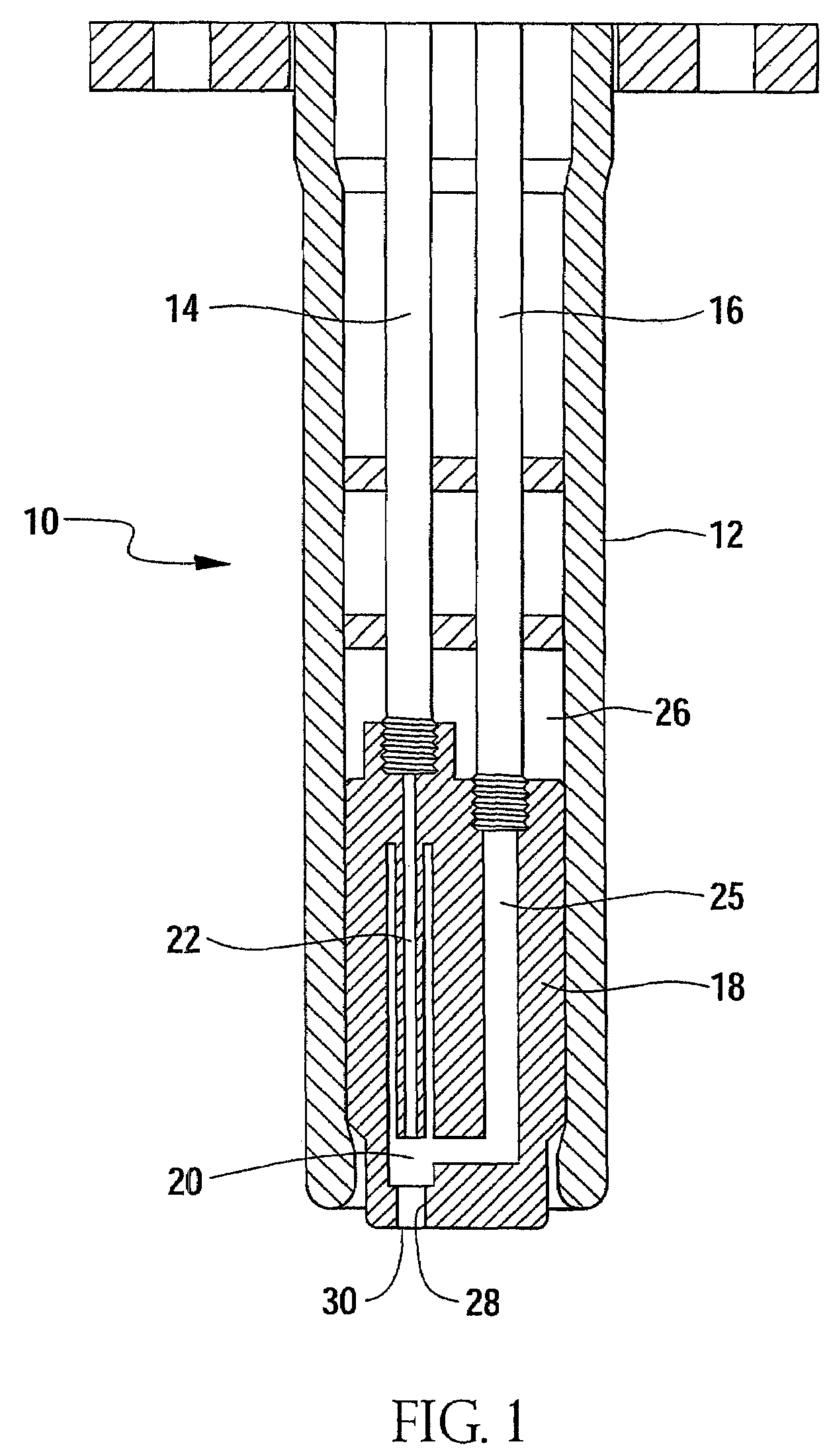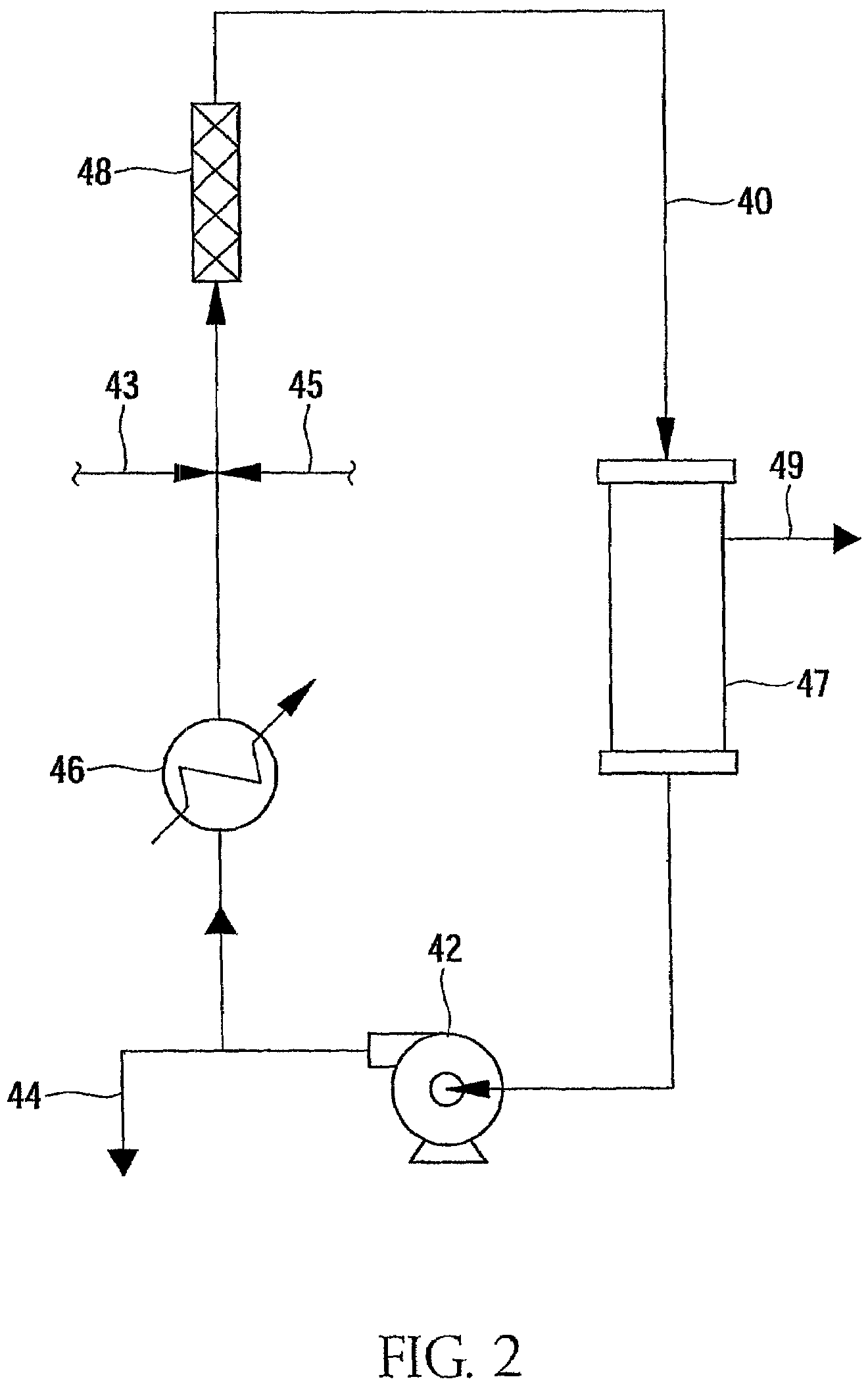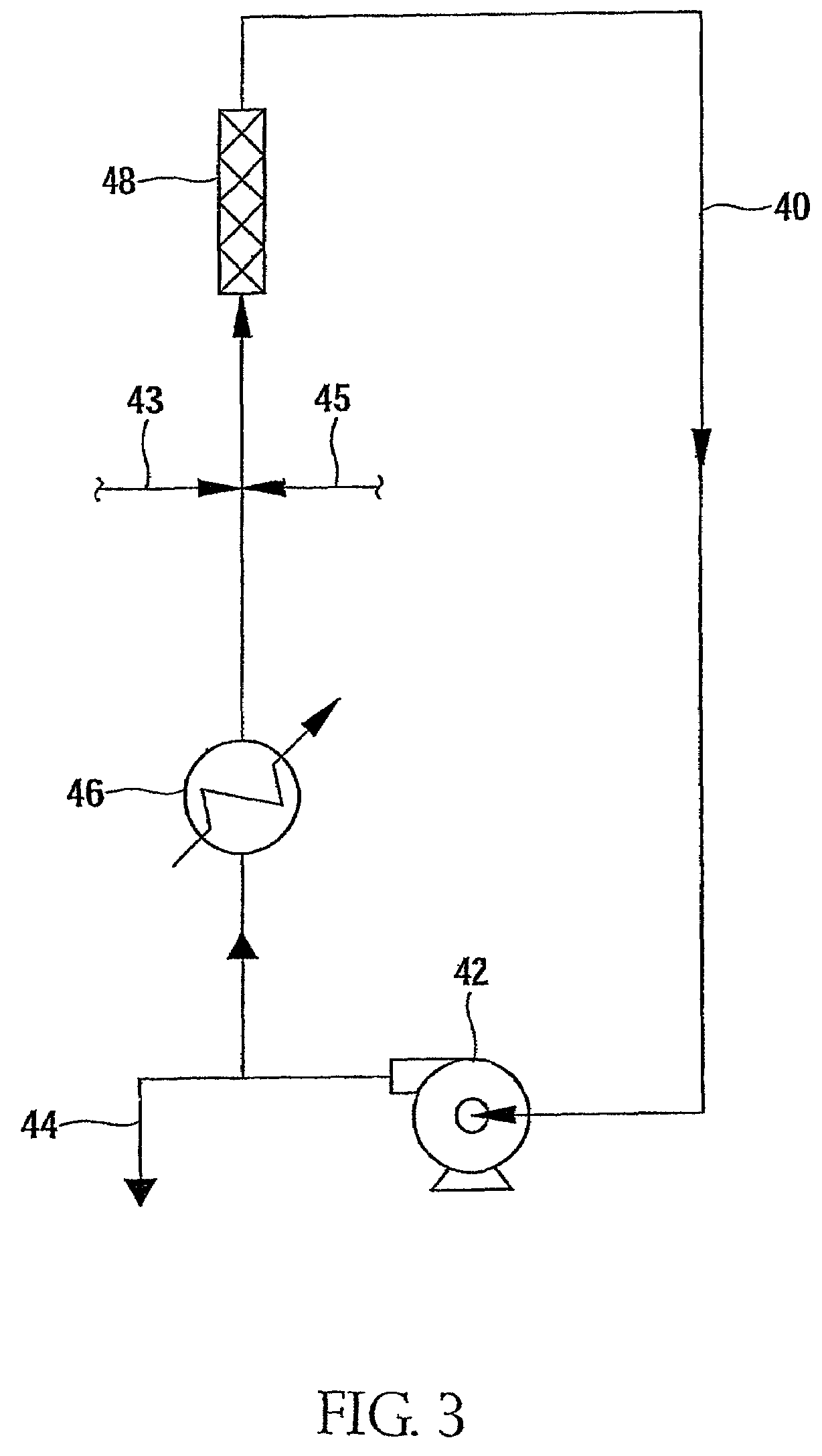Brominated anionic styrenic polymers and their preparation
a technology polymer, which is applied in the field of brominated anionic styrenic polymer, can solve the problems of reducing the thermal stability of the brominated styrenic polymer, introducing irregularities in the polymer chain, and/or adding bromine atoms to the polymer chain, so as to reduce the amount of more volatile bromobenzen
- Summary
- Abstract
- Description
- Claims
- Application Information
AI Technical Summary
Benefits of technology
Problems solved by technology
Method used
Image
Examples
example 1
[0139]This example of the present invention was carried out as described in Reference Example A, except the amount of AlBr3 catalyst was reduced from 5.44 g (1.42 mole % based on APS) to 2.76 g (0.72 mole %). Analyses for the steady state product are summarized in Table 1.
example 2
[0140]This example of the present invention was also carried out as described in Reference Example A, except the amount of AlBr3 catalyst was reduced from 5.44 g (1.42 mole % based on APS) to 1.80 g (0.47 mole %). Analyses for the steady state product are summarized in Table 1.
example 3
[0141]This example of the present invention was carried out as described in Reference Example A, except the amount of AlBr3 catalyst was reduced from 5.44 g (1.42 mole % based on APS) to 1.36 g (0.35 mole %). The incomplete reaction of bromine in the CSTR required the use of more sodium sulfite solution in the main quench vessel (1300 g of 8.0 wt %) to neutralize the excess Br2, but the rest of the product isolation procedure was unchanged. Analyses for the steady state product are summarized in Table 1.
[0142]
TABLE 1CONTINUOUS BROMINATION OF APS USING AlBr3 CATALYSTExampleRef. A123APS GPC AnalysesMn3400340034003400Mw3800380038003800AlBr3, mole % based on APS1.420.720.470.35CSTR reaction temp. (° C.)2311APS Feed Concentration (wt %)10.010.010.010.0CSTR ave. residence time (min)8888HP-3010 Product AnalysesWt % Br (XRF)68.568.767.861.5MFI (g / 10 min, 220° C. / 2.16 kg)3.12.15.7112Thermal HBr (320° C. / 15 min)1479366Thermal Color (320° C. / 15 min)L96.1497.2995.9892.21a−2.83−1.86−1.44−0.61b14...
PUM
| Property | Measurement | Unit |
|---|---|---|
| pressure | aaaaa | aaaaa |
| temperatures | aaaaa | aaaaa |
| distance | aaaaa | aaaaa |
Abstract
Description
Claims
Application Information
 Login to View More
Login to View More - R&D
- Intellectual Property
- Life Sciences
- Materials
- Tech Scout
- Unparalleled Data Quality
- Higher Quality Content
- 60% Fewer Hallucinations
Browse by: Latest US Patents, China's latest patents, Technical Efficacy Thesaurus, Application Domain, Technology Topic, Popular Technical Reports.
© 2025 PatSnap. All rights reserved.Legal|Privacy policy|Modern Slavery Act Transparency Statement|Sitemap|About US| Contact US: help@patsnap.com



